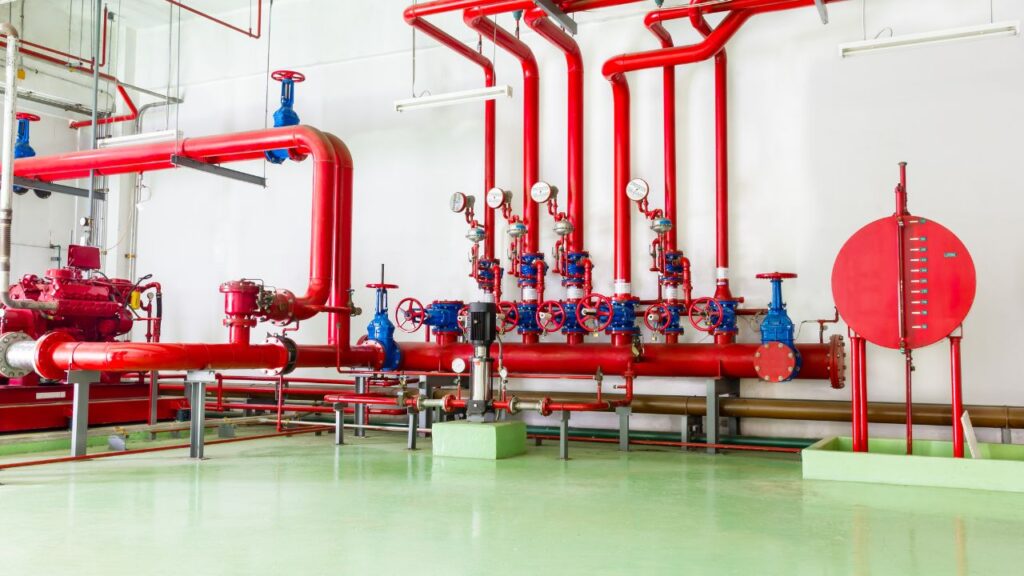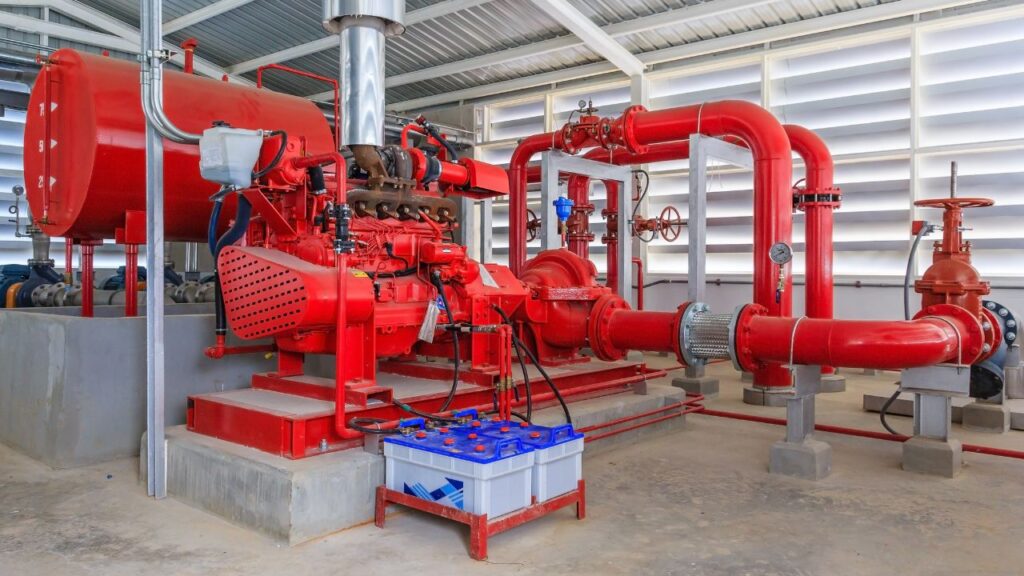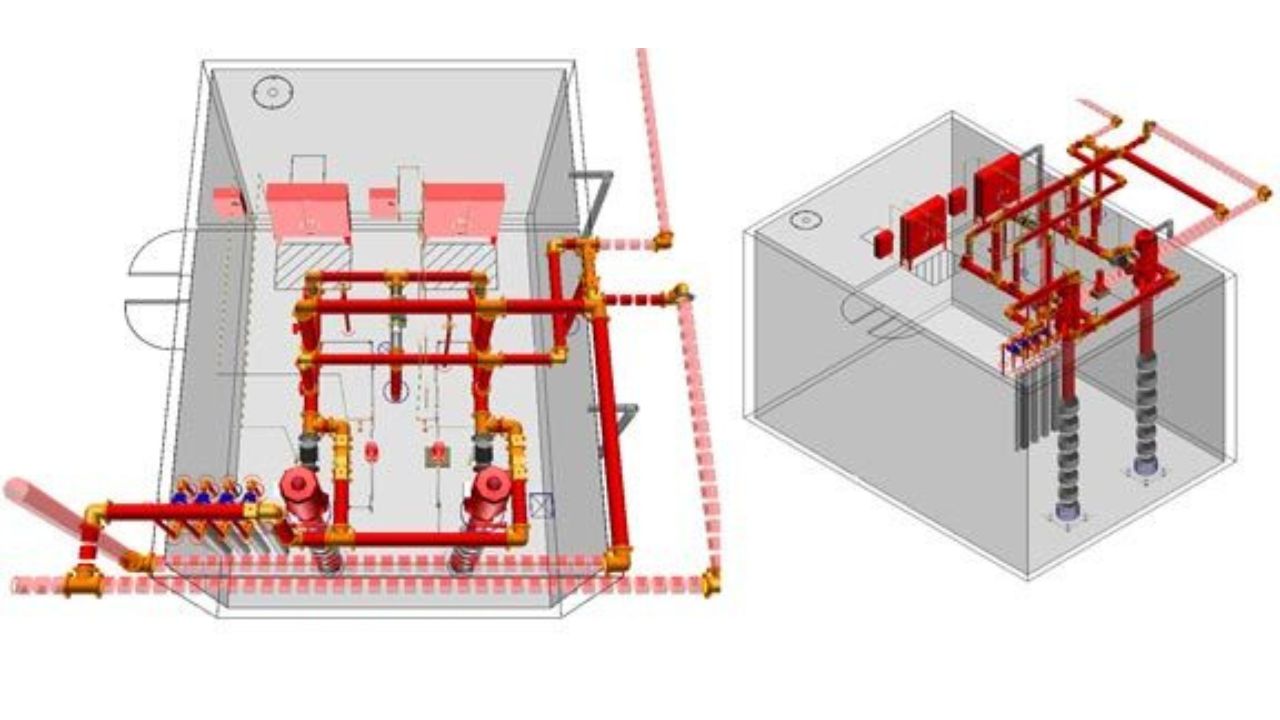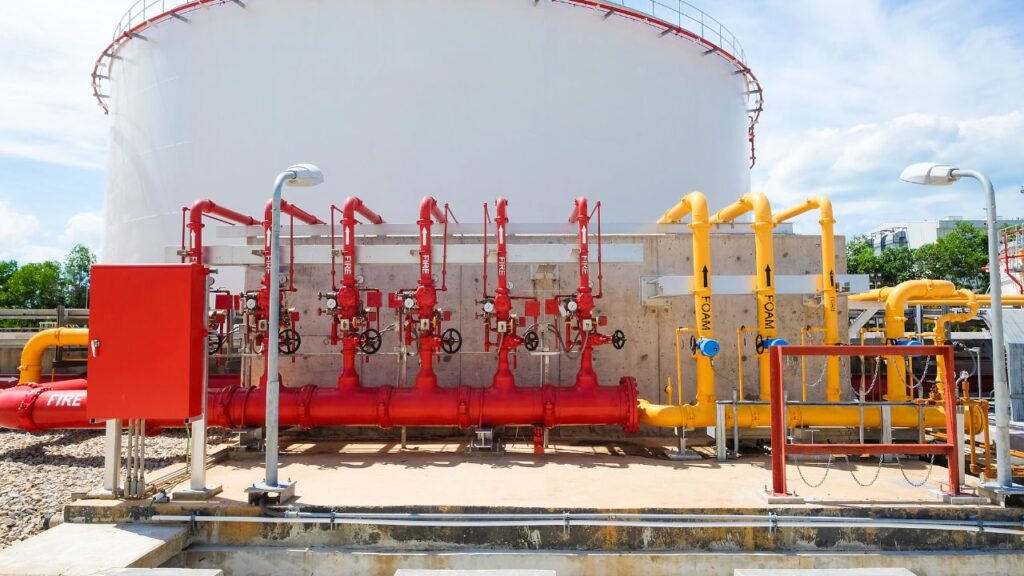Tap into Success – Zip Code Estimates for Fire Safety Excellence!
- Accurancy
- Efficiency
- Transparency
- Customization
- Time Saving
- Professionalism
- Cost Control

Fire safety is a paramount concern for property developers, and the installation of a robust fire hydrant system is a critical component of any comprehensive safety strategy. This article aims to delve into the importance of fire hydrant systems for property developers, exploring the benefits, considerations, and key factors influencing the cost of implementing these systems.

The inclusion of fire hydrant systems in property developments serves as a strategic shield, actively safeguarding the substantial investments made by property developers. In the unfortunate scenario of a fire outbreak, the expeditious access to water afforded by these systems becomes a critical asset. Beyond the immediate and potentially catastrophic threat to human safety, the robust firefighting capabilities of fire hydrants play a pivotal role in mitigating damage. This not only preserves the structural integrity of the developed property but also safeguards its overall intrinsic value. Property developers, cognizant of the unpredictable nature of emergencies, recognize the indispensable role of fire hydrant systems in fortifying their investments against unforeseen disasters.

Fully Insured Licensed Hire a Contractor For Fire Safety
Get Contractor
Make Informed Design Decisions Showcase Your Design Ideas
Get RenderingProperty developers navigate a complex regulatory landscape where adherence to stringent safety standards is not just recommended but mandated. Numerous jurisdictions worldwide stipulate the mandatory installation of fire safety systems, prominently featuring fire hydrants, in new developments. The quest for necessary approvals becomes a meticulous journey through the intricacies of local, state, and national building codes. The installation of fire hydrant systems, therefore, transcends being merely a construction choice; it is a non-negotiable step to secure regulatory approvals. Property developers, acting as stewards of community safety, diligently ensure that their projects align with these standards, contributing to a safer and code-compliant built environment.
In the realm of real estate, property value extends beyond mere physical structures and square footage. It encompasses intangible aspects, with safety and security standing as cornerstone elements. A property adorned with a state-of-the-art fire hydrant system emerges not just as a structure but as a symbol of safety and preparedness. The perception of safety that comes with such installations elevates the overall desirability of the development. Prospective buyers or tenants, keenly attuned to the importance of safety features, are drawn to developments that prioritize their well-being. For property developers, the integration of fire hydrant systems is not just a pragmatic safety measure but an investment in the marketability, reputation, and lasting appeal of their developments.
The intricacies of a property development are intricately tied to its scale and density, and these factors play a pivotal role in shaping the landscape of the required fire hydrant system. Larger developments or those characterized by higher population density inherently demand more comprehensive fire safety measures. The scale influences the number and strategic placement of hydrants, while population density dictates the system’s capacity to handle potential emergencies efficiently.

Property developers navigating the terrain of diverse projects must carefully calibrate the size and complexity of the fire hydrant system to align with the unique demands posed by the development’s scale, ensuring a harmonious balance between safety and economic considerations.
For property developers, navigating the intricate web of local, state, and national fire safety regulations is an unavoidable aspect of development. The installation of fire hydrant systems is not merely a choice but a regulatory mandate, entailing additional costs for adherence to stringent safety standards. This involves procuring specialized materials that meet regulatory criteria, undergoing rigorous testing procedures, and obtaining certifications. The financial investment in regulatory compliance is not just a legal requirement; it is a commitment to ensuring that the fire hydrant system is not only functional but also aligns with the highest safety benchmarks. Property developers, as custodians of public safety, recognize the inherent value of these compliance measures in fostering secure and code-compliant environments.
The heartbeat of any fire hydrant system lies in its water supply, and property developers must delicately balance availability and adequacy to meet the demands of fire protection requirements. The unique characteristics of a development, such as its size, purpose, and potential risks, influence the design and cost considerations of the hydrant system. In certain instances, property developers may find it necessary to invest in additional water storage solutions or pumps to ensure a robust and reliable water supply. The financial implications of meeting water supply and pressure requirements underscore the need for strategic planning, aligning the hydrant system with the specific dynamics of the development to guarantee optimal performance during emergencies.
The nuances of a property development extend to the specific type and quantity of fire hydrants required. Unlike a one-size-fits-all approach, the fire hydrant system must be tailored to align with the unique characteristics of the development. Variables such as construction type, fire risk factors, and overall layout dictate the strategic placement and selection of hydrants. Property developers, acting as architects of safety, must factor in these considerations to ensure comprehensive coverage and effective emergency response capabilities. The customization of hydrant types and quantities, while adding complexity to the system design, is an essential investment in the safety and resilience of the development.

The below-ground infrastructure of a property development presents its own set of challenges when implementing a fire hydrant system. The extent of underground piping required and the complexity of installation become significant cost factors. Developments with challenging terrain or existing infrastructure may incur higher expenses for excavation, trenching, and pipe laying. The installation process in areas with obstacles or congested layouts demands additional labor and specialized equipment. Property developers, as stewards of seamless urban development, navigate these challenges with meticulous planning and execution, recognizing the financial implications associated with underground piping and installation complexity. Strategic decision-making becomes paramount in ensuring the efficient implementation and sustained functionality of the fire hydrant system within the diverse landscapes of property developments.
Incorporate fire hydrant system planning in the early stages of development. By integrating these systems into the initial design, property developers can optimize costs and seamlessly incorporate safety measures.
Engage in proactive collaboration with local fire authorities and regulatory bodies. Seeking early guidance and understanding specific requirements can prevent costly revisions later in the development process.
Work with experienced fire safety engineers to design an efficient and tailored system. Strategic placement of hydrants and optimizing the network layout can help property developers achieve the required safety standards while managing costs.

Opt for high-quality, durable components during the initial installation. While this may involve a higher upfront cost, it reduces the likelihood of frequent repairs and ensures the longevity of the fire hydrant system.
Small Project (Single-family home): $6,000 – $12,000 or more
Medium Project (Apartment building): $12,000 – $60,000 or more
Large Project (Commercial building): $60,000 – $120,000+
These are approximate figures, and the final cost may vary based on your particular requirements.
The integration of a robust fire hydrant system is an imperative investment for property developers, safeguarding their investments, ensuring regulatory compliance, and enhancing the overall value and desirability of their developments. The cost considerations are multifaceted, influenced by factors such as development scale, regulatory compliance, water supply dynamics, and infrastructure complexities. Property developers can adopt cost-effective strategies, including early integration, collaboration with authorities, efficient system design, and investment in quality components, to optimize the implementation of fire hydrant systems. The provided cost ranges offer a baseline, acknowledging that the actual expenses may vary based on project-specific needs. By prioritizing safety and strategic decision-making, property developers contribute to creating secure and resilient built environments.
Property developers install fire hydrant systems as a critical safety measure to protect their investments. In the event of a fire outbreak, these systems provide quick access to water, mitigating damage and preserving both the structural integrity and overall value of the developed property.
Regulatory compliance is crucial for property developers as many jurisdictions mandate the installation of fire safety systems, including fire hydrants, in new developments. Adhering to these standards is necessary to obtain approvals and ensure compliance with local, state, and national building codes.
A property equipped with a state-of-the-art fire hydrant system is perceived as safer and more secure. This perception enhances the overall value of the development, making it more attractive to potential buyers or tenants who prioritize safety features.
Several factors influence the cost, including the scale and density of the development, regulatory compliance, water supply and pressure requirements, the type and number of hydrants, and the complexity of underground piping and installation.
Property developers can optimize costs by incorporating fire hydrant system planning in the early stages of development, collaborating with local fire authorities and regulatory bodies, designing efficient systems with experienced engineers, and investing in high-quality components during the initial installation. These strategies contribute to creating secure and resilient built environments while managing costs effectively.
Here I am going to share some steps to get your fire hydrant system cost for property developersestimate report.
You can send us your plan on info@estimatorflorida.com
Before starting your project, we send you a quote for your service. That quote will have detailed information about your project. Here you will get information about the size, difficulty, complexity and bid date when determining pricing.
Our team will takeoff and estimate your project. When we deliver you’ll receive a PDF and an Excel file of your estimate. We can also offer construction lead generation services for the jobs you’d like to pursue further.



561-530-2845
info@estimatorflorida.com
Address
5245 Wiles Rd Apt 3-102 St. Pete Beach, FL 33073 United States
561-530-2845
info@estimatorflorida.com
Address
5245 Wiles Rd Apt 3-102 St. Pete Beach, FL 33073 United States
All copyright © Reserved | Designed By V Marketing Media | Disclaimer